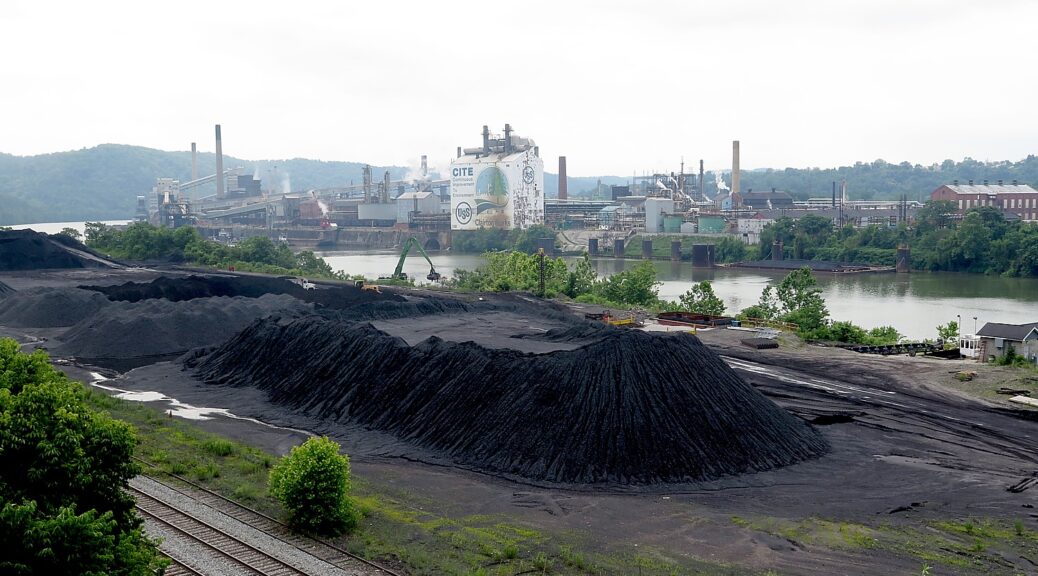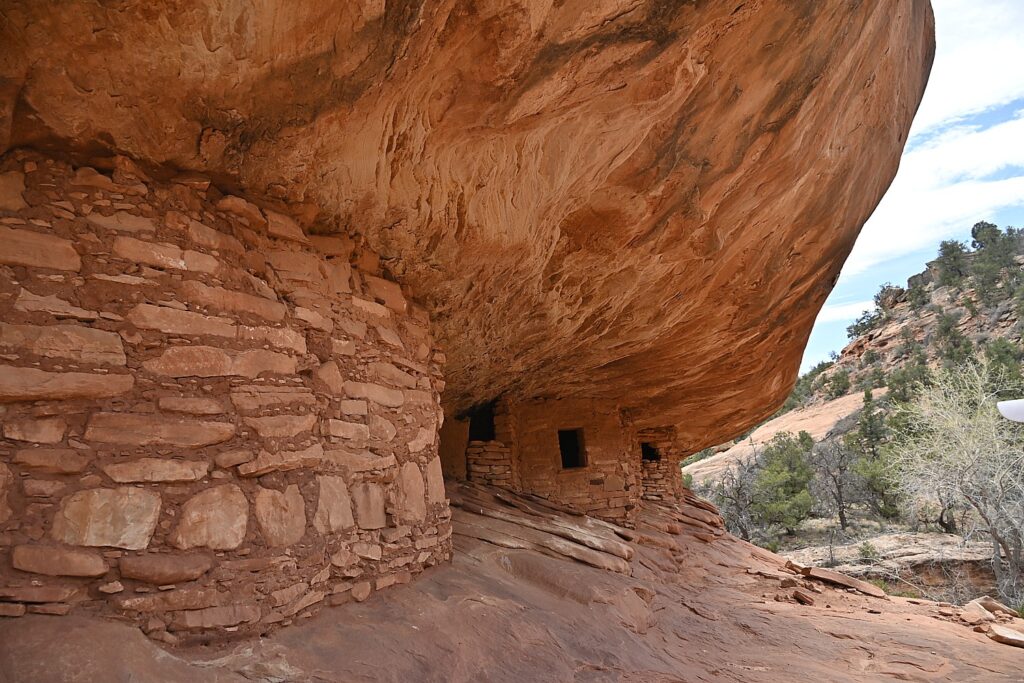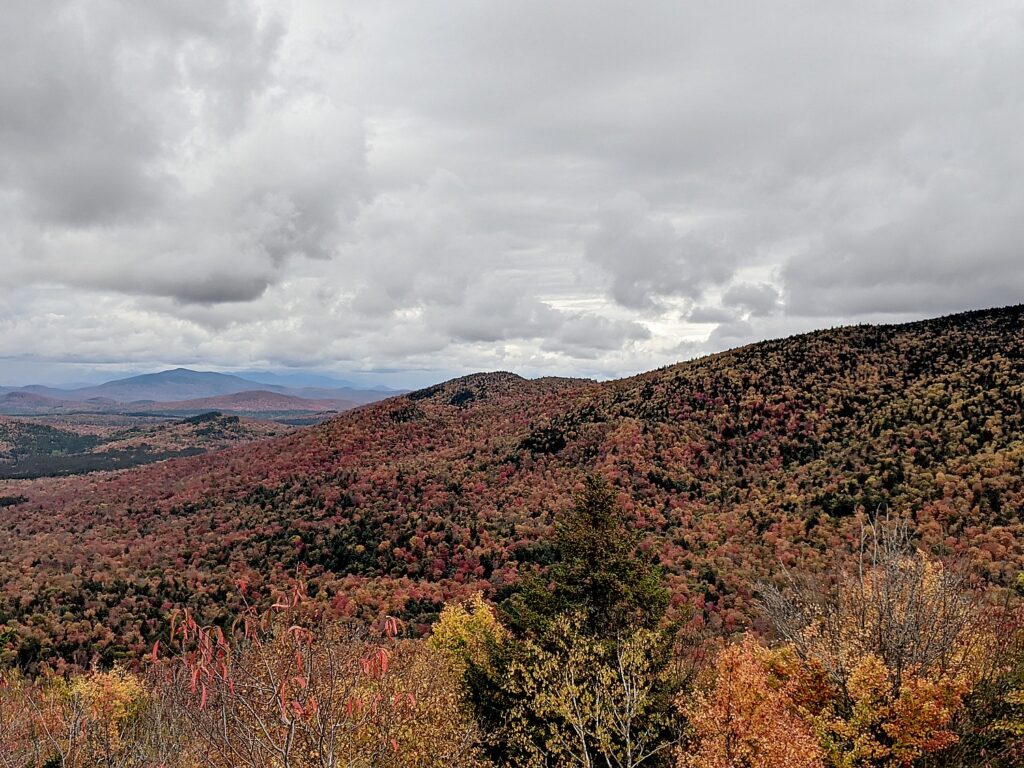This fact sheet on the Biden-Harris Administration’s historic action banning asbestos and advance the Biden Cancer Moonshot is provided by the White House:
President Biden’s Cancer Moonshot is accelerating progress to prevent, detect, and treat cancer while boosting support for families facing cancer, including by undertaking an aggressive effort to protect families and workers from hazardous chemicals like known carcinogens. After more than three decades of inadequate protections, today the Environmental Protection Agency (EPA) is announcing a historic ban on ongoing uses of asbestos. This marks the first rule finalized under the nation’s updated chemical safety law, a milestone in the Biden-Harris Administration’s efforts to protect public health, advance environmental justice, and end cancer as we know it.
Asbestos is a potent carcinogen that causes tens of thousands of deaths in the United States each year and is linked to lung cancer, ovarian cancer, colorectal cancer, and more. The EPA’s new ban prohibits ongoing uses of chrysotile asbestos, the only known form of asbestos still used or imported in the United States. This action represents an important step to advance the Biden Cancer Moonshot goal of reducing the cancer death rate by at least half by 2047—preventing more than four million cancer deaths—and preventing cancer before it starts by protecting communities from known risks associated with asbestos exposure.
The Biden Cancer Moonshot is a core component of the President’s Unity Agenda, a set of priorities that Americans from every walk of life can support. Prohibiting the manufacture, processing, and distribution of asbestos is also part of the Biden-Harris Administration’s historic commitment to advancing environmental justice. Asbestos is used in facilities that are located disproportionately near communities with environmental justice concerns and also particularly affects workers.
Since the beginning of the Biden-Harris Administration, EPA and other federal agencies have been delivering on the promise to protect communities from the harmful effects of toxic substances, including carcinogens. The Administration is coordinating across the federal government to protect people from exposure to hazardous chemicals, including through guidance, regulatory actions, investments through President Biden’s Investing in America Agenda, and more.
Reducing exposure to toxic chemicals protects public health and advances President Biden’s commitment to ensuring all people can breathe clean air, drink clean water, and live in a healthy community. The Biden-Harris Administration has delivered on additional protections to protect communities from carcinogens, including:
- Protecting communities and workers from toxic chemicals that cause long-recognized health risks, including cancer. In addition to today’s final rule on asbestos, EPA is advancing proposals to address cancer and other health risks from methylene chloride, carbon tetrachloride, perchloroethylene, and trichloroethylene, all of which are dangerous and sometimes fatal chemicals used in commercial and industrial settings. Additionally, EPA has proposed a rule to strengthen its process for conducting risk evaluations on toxic chemicals, including carcinogens, and this includes specific consideration of overburdened communities. EPA is moving expeditiously to finalize these rules and realize the new public health protections enabled by Congress under the 2016 amendments to the nation’s chemical safety law, the Toxic Substances Control Act.
- Slashing emissions of ethylene oxide and other cancer-causing air pollution. Last week EPA issued a final rule that will significantly strengthen and update Clean Air Act standards for ethylene oxide (EtO) emitted into the air from commercial sterilizing facilities. EtO is a highly potent carcinogen that can be particularly harmful to children and communities that are already overburdened by pollution. The new rule will safeguard public health by cutting emissions of EtO from these facilities by over 90 percent. EPA is also working to advance research, and to strengthen standards to reduce toxic air pollution, including other cancer-causing pollutants, from chemical plants.
Combatting PFAS pollution in communities to address health and environmental risks. The Biden-Harris Administration has announced a government-wide plan to address and prevent PFAS contamination. Per- and polyfluoroalkyl substances (PFAS), often referred to as ‘forever chemicals,’ are human-made chemicals that have been widely used in many different consumer, commercial, and industrial products for decades. They break down very slowly over time in the environment and in people’s bodies, and have been found to have harmful health effects including cancer, low birthweight, and reduced immune responses. EPA has proposed new rules to strengthen protections for communities and drinking water supplies, helping to address disparities in access to a clean and safe environment. The Administration also launched a comprehensive effort to combat cancer risks associated with PFAS that, for many years, have been in the gear, equipment, and fire suppression agents used by firefighters. The Departments of Defense and Veterans Affairs are leading efforts to measure blood PFAS levels in firefighters, and the Centers for Disease Control and Prevention launched the National Firefighter Registry for Cancer to collect detailed data to better understand the link between workplace exposures and cancer among firefighters
















